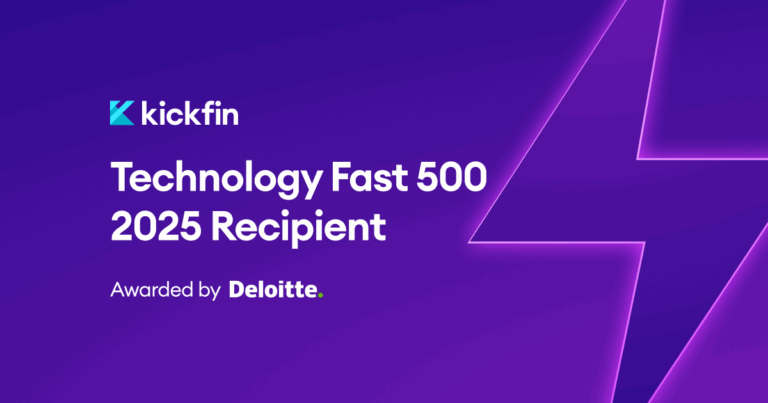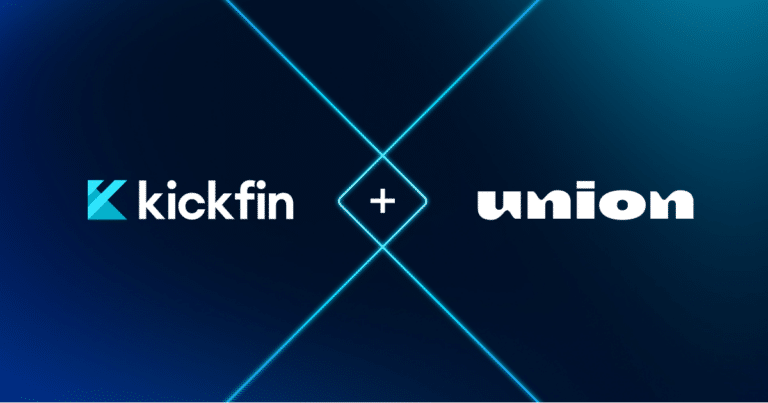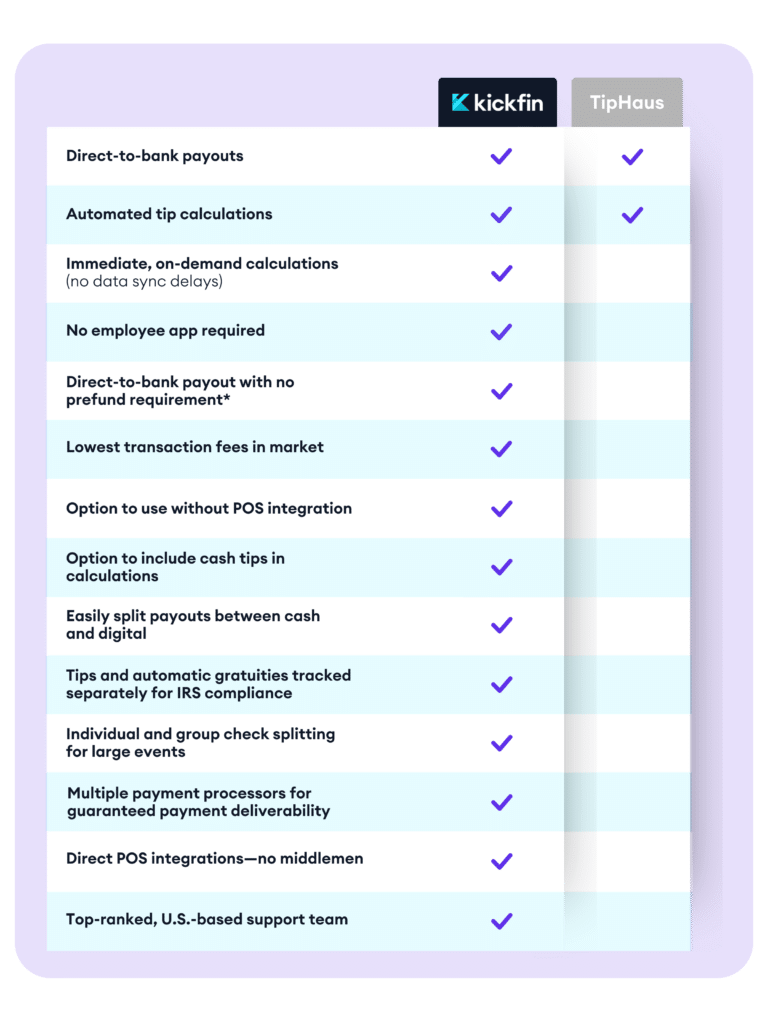You’ve spent months crafting your restaurant brand, renovating your new space, installing kitchen equipment and dining room fixtures, hiring the perfect staff, and going through the process of getting your permits and licenses. You’ve ordered all of your food and bar supplies, and now, you’re officially ready to open.
But have you figured out how you’re going to open?
In the restaurant world, hosting a traditional grand opening is not just a way to announce to the public that you’re officially in business; it’s an important marketing opportunity that can create momentum from day one and set the tone for success.
How “grand” should your opening be? Read on…
Restaurant grand opening objectives
Before you start planning your restaurant grand opening event, think about your objective. What do you ultimately want to accomplish?
Some restaurateurs want a grand opening in every sense of the term. Their goal is to start their business off with a bang, which means generating a lot of buzz and fanfare — and getting as many people through the doors as possible.
And that’s not a bad idea: the launch of a restaurant often is a newsworthy event in and of itself. That means it can be relatively easy to get (free) media coverage, which can be incredibly valuable for any new brand.
If your goal is to work out kinks and make sure you’re 100% ready to serve and delight customers, a traditional grand opening may not be for you. Instead, a soft opening allows you to launch quietly and optimize your operations before you start vying for customers’ attention.
Some restaurants will simply open their doors to the public and give customers time to find their way in. Others may host a “friends and family” type gathering, where you can create a little buzz and a feeling of exclusivity without the pressure of full-fledged celebration. (Bonus: you can also solicit valuable feedback from trusted guests.)
All of that to say: before you start planning, know your goals!
Restaurant grand opening ideas and inspiration
If you’ve determined that a true grand opening is right for you, you’ll need a strategy to attract your first patrons. Sure, you may get some people who drop in out of sheer curiosity, or passersby who are in the right place at the right time. But to get a meaningful crowd, give them a reason to come in.
Here are a few restaurant grand opening ideas to hook your audience and draw them in:
- Special pricing: A great way to bring in new customers is to run a promotion. Whether it’s a “buy one, get one free,” “free appetizer or dessert with purchase of meal,” or a discount off the entire bill, the bottom line is that people like free stuff.
- Bring-a-friend deals: Fill up your tables faster by incentivizing your guests to bring friends and family with them and offering deals based on the size of the party.
- Make it exclusive: Consider making your grand opening VIP-style. Why? Exclusivity makes people feel important (and it can create some intrigue among people who may not have made the list). Plus: if you’re intentional about your invitees, they can actually do your marketing for you. Members of the local media, influencers, community leaders and well-connected family and friends could all become valuable brand ambassadors, assuming they have an excellent experience in your restaurant.
- Invite influencers: Even if you don’t do a VIP event, it’s still not a bad idea to invite any local influencers to your opening. That goes beyond reporters or journalists. Depending on where you live, there could be bloggers or social media influencers with large followings who can review your restaurant in exchange for a meal.
- Swag: Again, everyone likes free stuff. Get your logo stamped on hats, T-shirts, koozies or cups and make sure no customer leaves empty handed. That way, everyone becomes a walking billboard for your brand.
- Live entertainment: There’s nothing like live music to really bring an event to life. If your venue allows it (and depending on the vibe of your restaurant), hire a popular local band, acoustic guitarist or even a DJ to enhance the mood of your restaurant grand opening. And if there’s room, set up a dance floor to make your event feel even more like a celebration.
- COVID-friendly ideas: If you’re opening a restaurant in 2020 (or possibly 2021), Covid-19 is likely throwing you a curveball. It’s still possible to successfully celebrate the launch a restaurant, even during a pandemic. Of course, safety is a priority. If at all possible, utilize outdoor space. Encourage social distancing between different parties, and provide masks and sanitation stations. If you’re hoping to draw a big crowd but your space can’t safely support it, consider setting up a temporary take-out area — or even renting a food truck — that will allow you to serve larger numbers of people and expose them to your brand without exposing them to Covid.
Restaurant grand opening marketing: ways to get the word out
So you’ve got a grand opening plan in place, and you’ve got an event that your guests can get excited about. Now, you need to make sure they know it’s happening.
If you’re running with a VIP event, then you can approach this like any other private event and send out personal invitations. (This may be worth doing for select guests, e.g. reporters and influencers, even if you’re doing something that’s open to the public.)
Your budget may dictate what kind of promotion you can do. Whether or not you can afford a big spend, take advantage of free social media platforms. Create profiles on Facebook, Twitter, and Instagram, make connections, and start posting. (You can find some marketing best practices in one of our previous blog posts.)
While Instagram and Twitter are great for cross promotion, Facebook has event-specific tools that you can take advantage of. Create an event page through your restaurant’s Facebook page where you provide all the details, then invite locals. You can keep track of how many people are interested are planning to attend, and you can also sponsor event posts to increase your visibility in people’s Facebook feeds. (Learn how to set up an event page via this Facebook tutorial.)
Another low-budget tactic: run a small PR campaign. Create a press release and distribute it to local media. If you’ve never done it before, HubSpot offers a great tutorial on how to write a release. Here’s a basic template:
- Headline – A short, punchy, attention-grabbing title consisting of no more than 8-10 words describing your event. This is the first thing your readers will see so it’s important that it draws them in so they will want to read more.
- Lead – This is your first paragraph that summarizes what your event will be. Make sure to answer the five W’s – Who, What, Where, When, and Why.
- Body – Here you’ll further elaborate on your event by specifying more about the details such as what kind of food will be served, if there will be any live performances, games or other fun activities. If there are any deals you’re offering that night, include those here as well. Be sure to include background on your restaurant and why you started it, and what your menu will be like.
- Publish date – Include the date you’d like your release to publish.
- Boilerplate – This is a short description, usually a paragraph in length, that describes your restaurant, which makes it easier for the reporter to write about it.
- Contact information – Include your name, phone number and email, website address, and your restaurant name so it’s easy for the reporter to contact you for more information.
(For more tips on writing a press release, and a free downloadable template, FirstSmallBusiness.com has you covered.) Once you have your release written, you’ll need to send it out to local media, including TV stations, newspapers, and radio.
Another free promotional tactic: create flyers and post them anywhere you can around town. Believe it or not, they can still be highly effective in our continually-evolving digital world. Here’s a little inspiration.
If you’ve got a marketing budget, consider running sponsored posts and ads on Facebook, Instagram, Twitter and Google Ads. More traditional channels — like TV, radio, print and billboards — can also be highly effective for restaurants. (The downside is the time and costs required to produce those ads, and unlike digital ads, it’s hard to track and measure effectiveness.)
Keep your eye on the prize
Planning a restaurant grand opening is a lot of hard work. But if it’s well-executed, you’ll see swift ROI in the form of a packed house, plenty of positive publicity, and a lot of happy customers who can’t wait to return again soon.






